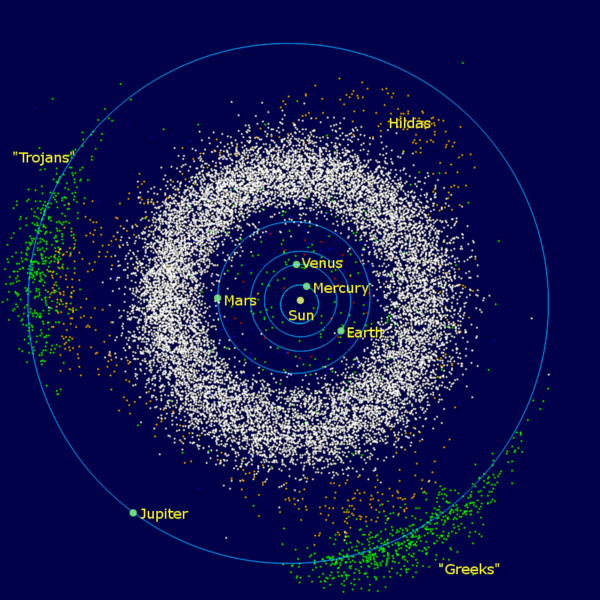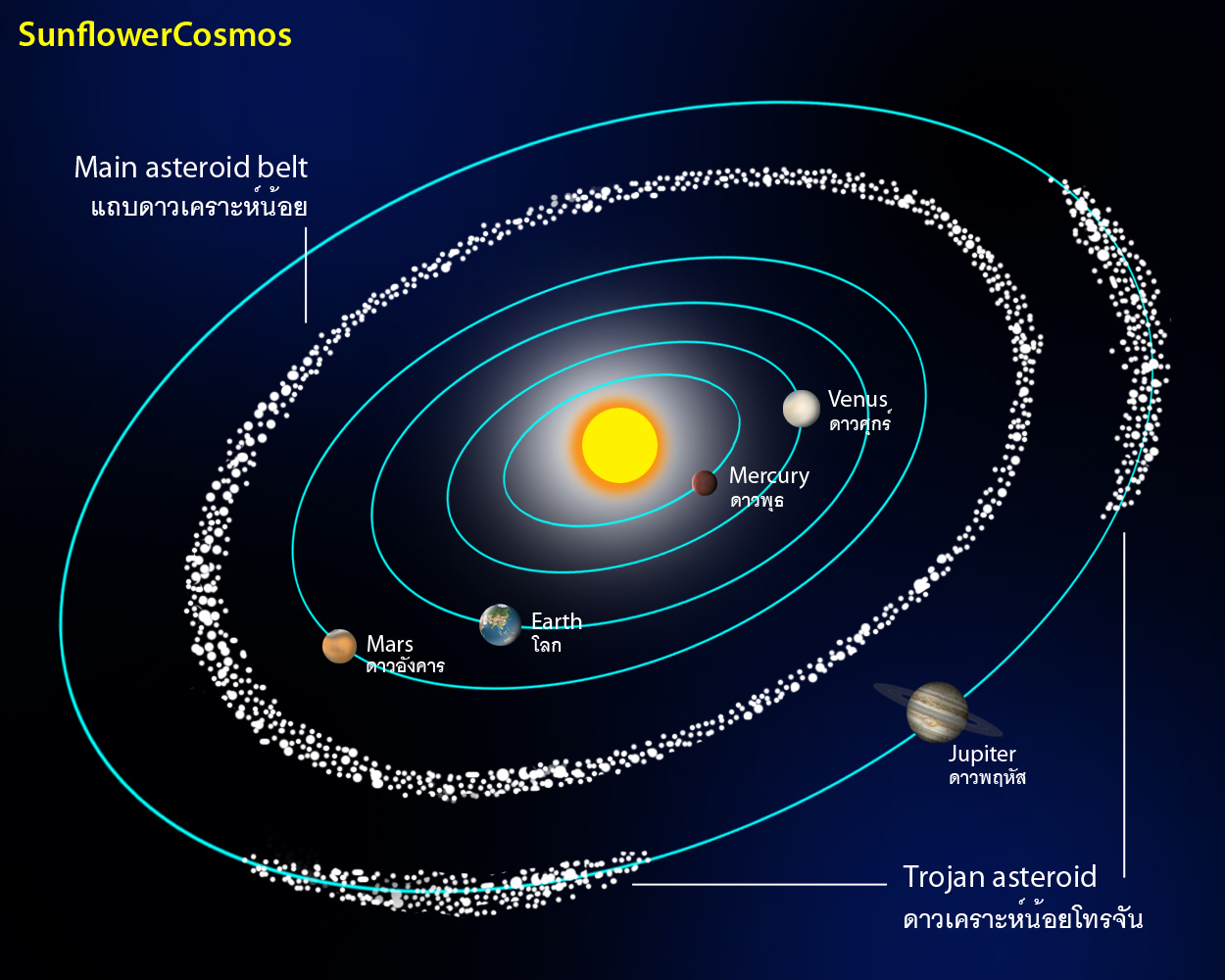
What is the Asteroid Belt, and Where is it Located in Our Solar System?
The asteroid belt, often depicted in science fiction as a crowded highway of colossal space rocks waiting to collide with passing spacecraft, is a fascinating region of our solar system. It is a vast expanse of space filled with millions of asteroids, each with its own unique story. In this comprehensive article, we will explore what the asteroid belt is, where it is located, and the intriguing mysteries it holds.
The Asteroid Belt: An Overview
The asteroid belt is a region of space located between the orbits of Mars and Jupiter, roughly 2.1 to 3.3 astronomical units (AU) from the Sun. An astronomical unit is the average distance from Earth to the Sun, approximately 93 million miles or 150 million kilometers. This region is not a continuous band of densely packed asteroids as often depicted in popular media but rather a collection of countless space rocks, ranging in size from tiny pebbles to hundreds of kilometers in diameter.
Composition of Asteroids
Asteroids are rocky and metallic objects, remnants from the early solar system’s formation. They are composed primarily of various minerals, metals, and silicate materials, much like the composition of terrestrial planets such as Earth. However, they never coalesced into a planet due to the gravitational influence of Jupiter, which prevented their accretion into a single, massive body.
Origins of Asteroids
The precise origin of the asteroid belt is a subject of ongoing scientific investigation, but there are several leading theories:
1. Planetary Fragmentation: One prominent theory suggests that the asteroid belt consists of remnants from a failed planet, a protoplanet that never fully formed. The gravitational perturbations caused by Jupiter’s immense mass disrupted the formation process, preventing a single large planet from developing.
2. Gravitational Resonances: Another theory posits that gravitational resonances with Jupiter played a key role. Objects in certain regions of the early solar system might have been nudged out of stable orbits by Jupiter’s gravity, leading to the formation of the asteroid belt.
3. Material Leftovers: Some asteroids may also be fragments of larger bodies, which were shattered due to collisions or other disruptive forces.
Characteristics of the Asteroid Belt
The asteroid belt is an extensive region, but it is far from being densely packed with asteroids. The vast majority of the belt’s total mass is contained within just a few asteroids, primarily Ceres, Vesta, Pallas, and Hygiea. These objects are known as “dwarf planets” or “protoplanets” due to their significant size and mass.
1. Ceres: Ceres, the largest object in the asteroid belt, is now classified as a dwarf planet. It is approximately 590 miles (940 kilometers) in diameter and stands out as a unique celestial body due to its relatively round shape and the possibility of subsurface water ice.
2. Vesta: Vesta is the second-largest asteroid in the belt, measuring about 326 miles (525 kilometers) across. It is known for its strikingly large impact crater, Rheasilvia, which is one of the largest craters in the solar system.
Exploration and Study of the Asteroid Belt
The asteroid belt has long captured the imagination of scientists and space enthusiasts alike. Numerous missions have been launched to study and explore these intriguing objects:
1. Dawn Mission: NASA’s Dawn spacecraft, launched in 2007, conducted a groundbreaking exploration of the two largest objects in the asteroid belt, Vesta and Ceres. Dawn provided valuable insights into the early solar system’s formation and the evolution of these celestial bodies.
2. Upcoming Missions: Several upcoming missions are planned to further explore the asteroid belt, including NASA’s Psyche mission, set to launch in the near future. This mission will investigate the metallic asteroid 16 Psyche, which is believed to be the exposed core of a protoplanet.
Asteroid Belt and Earth’s Safety
Contrary to popular misconceptions, the asteroid belt poses little to no direct threat to Earth. The distances between objects in the asteroid belt are vast, making the chance of a catastrophic asteroid impact with Earth highly unlikely. Most of the asteroids in the asteroid belt remain in stable orbits within the belt itself.
Conclusion
The asteroid belt, located between the orbits of Mars and Jupiter, is a captivating region of our solar system. It is a testament to the dynamic and complex processes that shaped our cosmic neighborhood during the early stages of its formation. While often depicted as a crowded and hazardous place in popular culture, the asteroid belt is, in reality, a vast and relatively sparse expanse of space, home to a diverse array of celestial objects. As we continue to study and explore this region, we uncover valuable clues about the origins of our solar system and the fascinating history of the objects within it.

